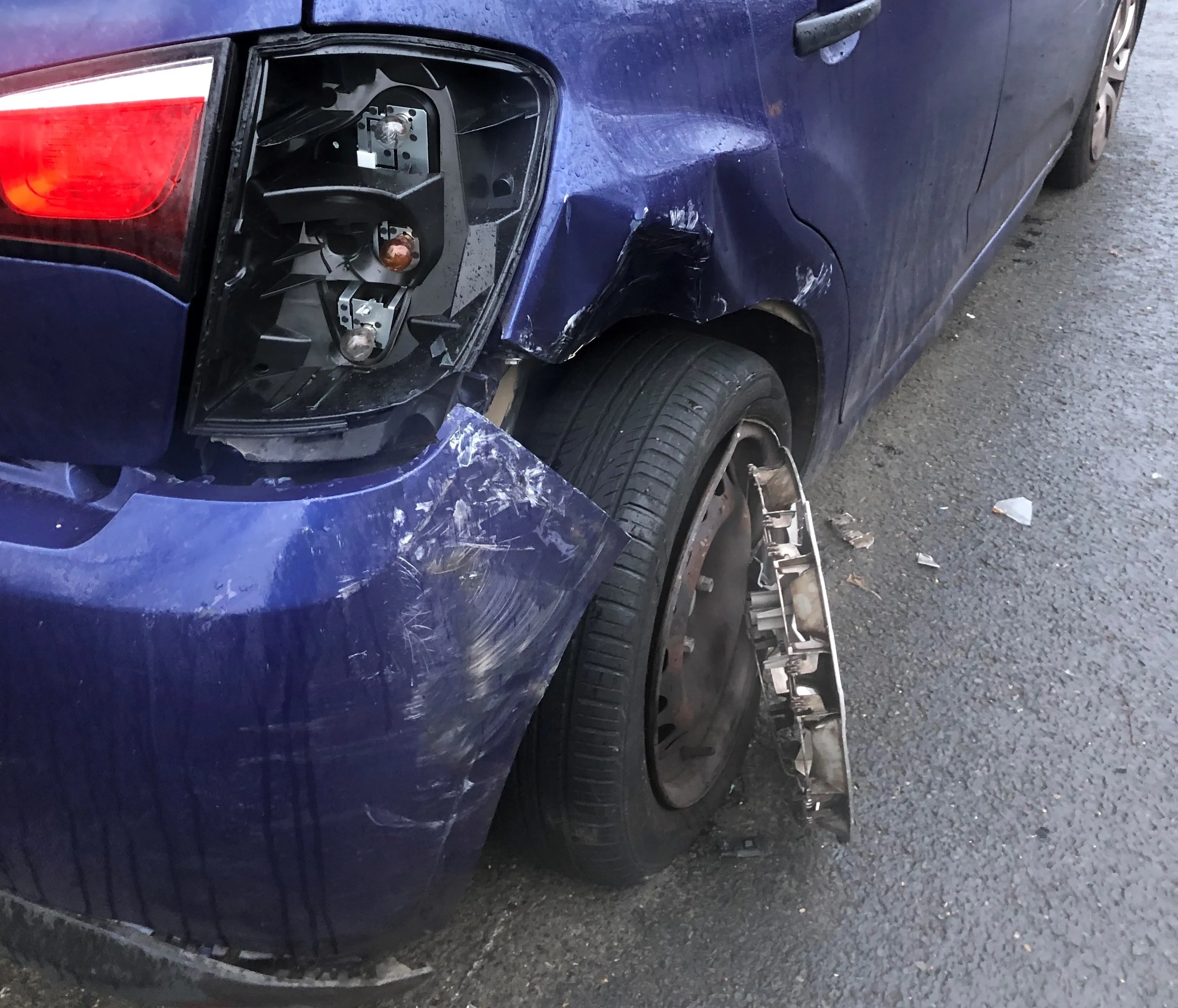Japan has seen its road safety levels improve significantly in 2017, compared with the previous year. Data compiled by Japan’s
According to the authorities, tougher enforcement of road traffic rules played a major role in lowering Japan’s road casualty rate. Another key factor was the lower rate of drunk driving, a drop of 5.6% to 201 incidents in 2017.
The road fatality rate for Japan in 2017 of 3,694 makes a strong contrast with the figures for 1970, when there were 16.765 road deaths. Along with all other developed nations, Japan has seen its road casualty rate drop since the peak of the 1970s due to a combination of factors that include safer vehicles (with better brakes, handling and occupant protection) and crackdowns on speeding and drink driving.
What is of note amidst the Japanese road casualty figures for 2017 is that road fatalities among those aged 65 and above still accounted for 54.7% of the total road deaths for the year. This is in spite of the fatality rate for drivers aged 65 and over dropping to 2,020 in 2017 compared with 2,138 in 2016.
New safety features in vehicles are thought to have helped in lowering the crash rate for older drivers, as have campaigns encouraging people to take health checks or give up their driving licences as they become less fit to get drive.
Japan’s safer roads see casualties fall
Japan has seen its road safety levels improve significantly in 2017, compared with the previous year. Data compiled by Japan’s National Police Agency shows that there were 3,694 traffic fatalities in the country in 2017, a drop of 210 from the previous year. There were 1,171 pedestrian fatalities, a drop of 1% from the previous year. Meanwhile vehicle occupants accounted for 1,106 deaths and 436 cyclists were killed in crashes. According to the authorities, tougher enforcement of road traffic rules played
January 10, 2018
Read time: 2 mins






